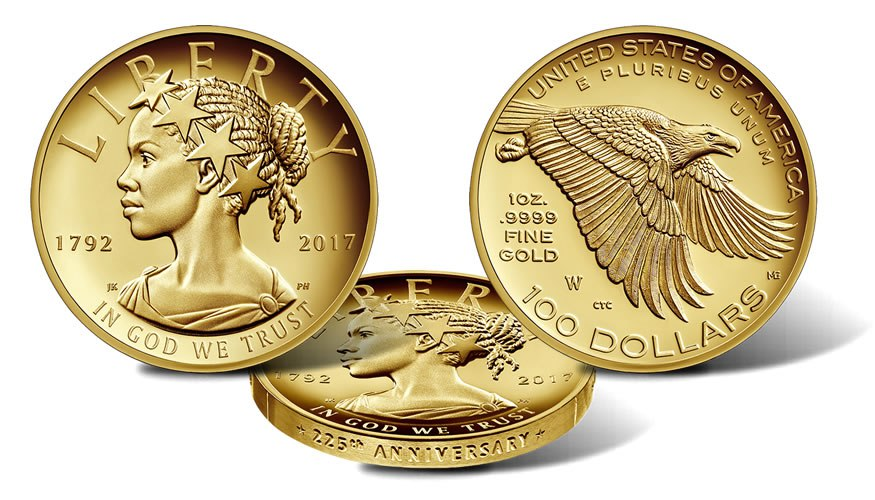
Collecting ancient coins is the hobby of several individuals. While many opt to collect coins for the purpose of enjoyment or personal interest, there are a few who regard it to be a mode of investment. However, nowadays there are many unscrupulous individuals who sell fake ancient coins to people, and hence it is crucial to buy such items from reliable establishments like the Sadigh Gallery. People can easily visit such establishments, check out the expansive coin collection that they have, and ultimately choose to purchase ancient coins that they want.
Sadigh Gallery provides pointers on avoiding counterfeit ancient coins
Much like many other things, nowadays ancient coins can also be purchased online. However, in many cases, such coins are found to be fake. Hence, to protect their investments, it is important that collectors opt to buy ancient coins from well-established and widely recognized establishments like the Sadigh Gallery. Such organizations can be fully trusted to offer absolutely real ancient coins.
Here are a few tips that can also help people to avoid buying counterfeit ancient coins:
Weight: A large number of ancient coins stuck to a certain weight standard. The ancient minting system was not much exact, and hence there always is a level of variation between specimens, in most cases these variations are very limited. While a coin that is too light or heavy than the relevant standards cannot be automatically considered to be counterfeit and should be given for further investigations. In many cases, fake coins also have the correct weight so this factor cannot be an indication of anything specific. The range of is tetradrachms of Athens has around 16.60 to 17.3 grams. However, some of these types are much broader than the other ones. Hence, for such coins, this can be quite a useful gauge of authenticity.
Size: The Augustus struck Lucius and Gaius as both gold aureii and silver denarii, along with specific dies for each of the denominations. The overall size of such coins can vary to a significant extent owing to diverse imperfect Roman flan production methods. The Roman die cutting, however, becomes more effective with the beaded border of the denarii 18 mm dies and aureus19 to 19.5 mm dies. In many cases, the forgers tend to cut dies for an incorrect size while also using the same dies for more than a single denomination. Hence, they ultimately come up to have the wrong size. Moreover, even though a few ancient coins stuck to particular eight standards and sizes, the others did not abide by such criteria. While checking out the size of coins can be a good identification tool, it takes both a good amount of experience and research to understand if the size of an ancient coin is incorrect or not.
By opting to acquire ancient coins from reliable establishments like the Sadigh Gallery, people do not have to go through the painstaking process of trying to identify counterfeit coins from the real ones.
